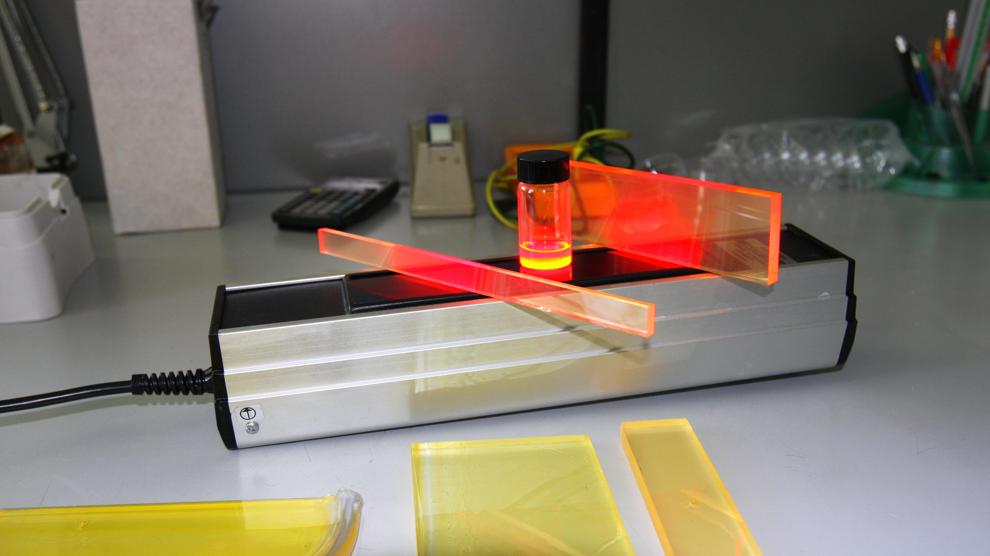Not just transparent photovoltaic windows. The technology and expertise of Glass to Power can be made available for many other applications.
The innovative plastic scintillator based on perovskite nanoparticles and organic molecules, developed by Glass to Power’s team of researchers, in collaboration with the University of Milan-Bicocca, the National Institute of Nuclear Physics (INFN) and the Institute Italian of Technology (IIT) can be used to obtain more accurate x-rays and CT scans and faster detections national borders, in case of transport of radioactive material. The work, which illustrates the developed technology, was published in late May in Nature Nanotechnology with the title”Efficient, fast and reabsorption-free perovskite nanocrystal-based sensitized plastic scintillators” (DOI: 10.1038 / s41565-020-0683-8) and it also involved Glass to Power’s research team led by Sergio Brovelli, Head of Glass to Power’s Scientific Committee.
The new hybrid plastic scintillator combines perovskite nanoparticles with highly emissive organic molecules. The nanoparticles, which include heavy atoms, act as antennas for radiation and transfer the energy thus collected to the molecules that transform it into light in very few nanoseconds, faster than conventional systems, at a wavelength that can propagate for long distances in the material. Thanks to this mechanism, radiation, even in large volume devices, can be detected very quickly. The importance of ionizing radiation detection – such as X-rays, gamma rays or elementary particles, such as alpha or beta particles – is visible in a large number of technological and scientific applications: from border control and industrial safety, monitoring the presence of radioactive substances in containers or goods transport vehicles, up to high energy physics and astrophysics, passing through medical diagnostics, where the response speed of the detectors is tat he basis of tomographic resolution and consequently of the diagnostic accuracy. Plastic scintillators are considered excellent candidates for these applications as they combine design flexibility, ease of manufacture and relatively low costs. These devices are typically composed of plates, films or plastic fibers in which materials, called scintillators, are incorporated, which emit light as a result of the interaction with ionizing radiation. The light emitted, called scintillation, propagates inside the plastic until it reaches the edges, where it is collected and revealed by high efficiency sensors.


